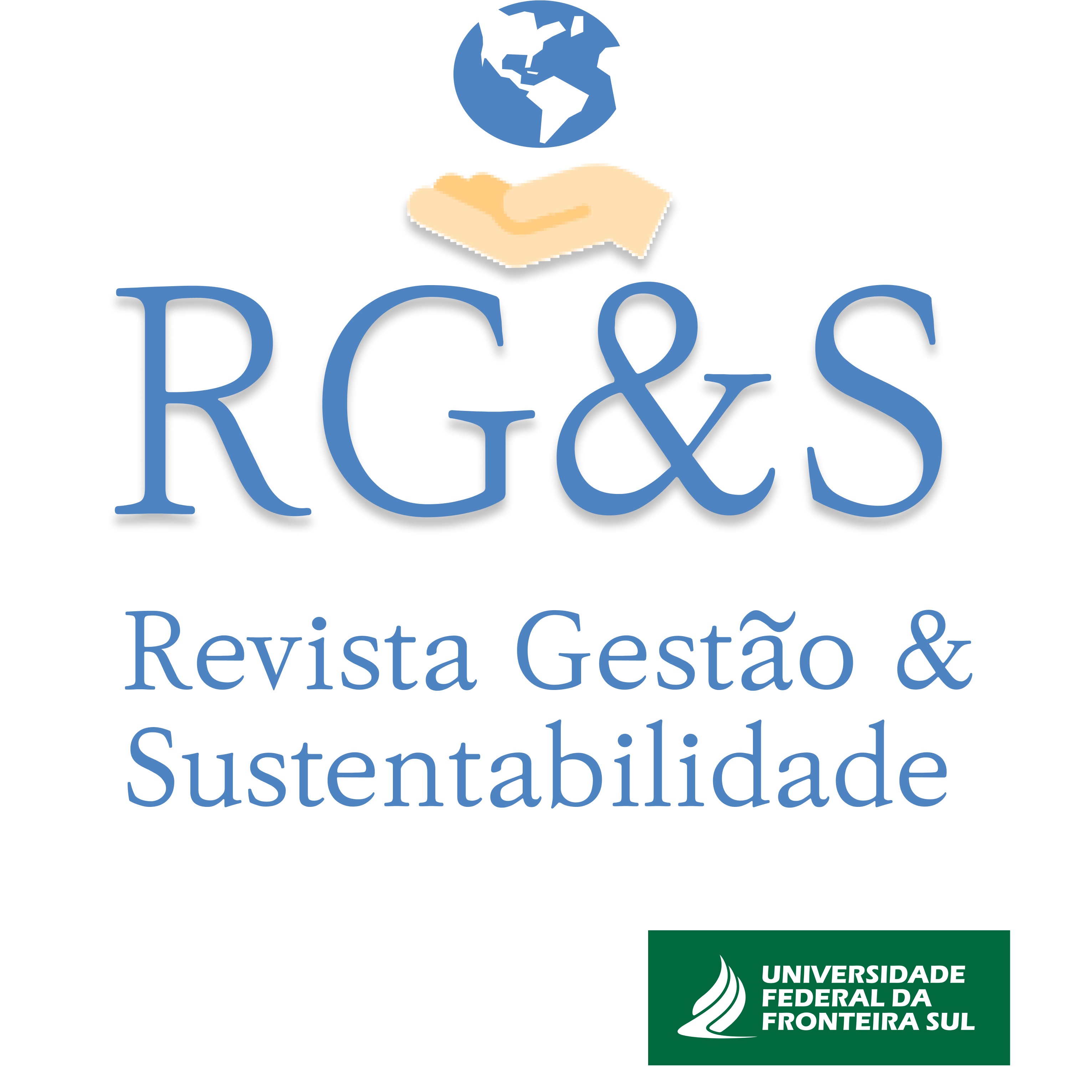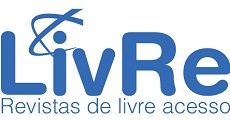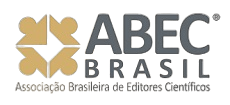Waste management in a tissue paper mill: a practical approach
DOI:
https://doi.org/10.36661/2596-142X.2023v5n1.14186Resumo
Os princípios de sustentabilidade, juntamente com os Objetivos de Desenvolvimento Sustentável (ODS) definidos pela Organização das Nações Unidas (ONU), são ferramentas imprescindíveis para o alcance e manutenção da qualidade de vida para os próximos anos. O setor pode valer-se desses objetivos, sendo que processo pode tornar-se mais eficiente, com menor consumo de água e diminuição de resíduos. Tendo como matéria prima a fibra virgem de celulose derivada do eucalipto ou até mesmo o papel branco reciclável, esse meio produtivo é responsável por produzir um papel com características como a maciez, baixa gramatura e boa absorção de líquidos, tendo como produtos o papel higiênico, guardanapo, entre outros. Dentro do processo fabril, diversos procedimentos podem ser responsáveis pelo surgimento de fiapos e poeira de papel, sendo um tipo de desperdício dessa indústria. Dentre esses, podem ser citados o aumento do teor dos finos, proveniente do processo de refino da fibra, tratamento mecânico inicial da matéria prima do papel, que propicia a resistência do produto. O procedimento da formação do crepe do papel é responsável por fazer com que a folha do tissue adquira características como a maciez e o volume, mas que pode proporcionar a criação dos resíduos. Por meio de uma abordagem simples relacionada ao balanço de materiais do processo, com a análise das entradas e saídas do processo, o intuito desse trabalho é estimar a quantidade de material perdido em uma máquina de papel tissue. Sendo uma avaliação preliminar fundamental para a tomada de decisões relativas ao gerenciamento de resíduos.
Downloads
Downloads
Publicado
Edição
Seção
Licença
-
O(s) autor(es) autoriza(m) a publicação do artigo na revista;
-
O(s) autor(es) atesta (m) que a contribuição é original e inédita e que não está em processo de avaliação em outra(s) revista(s);
-
A revista não se responsabiliza pelas opiniões, ideias e conceitos emitidos nos textos, por serem de inteira responsabilidade de seu(s) autor(es);
-
É reservado aos editores o direito de proceder ajustes textuais e de adequação do artigo às normas da publicação;
-
Autores mantêm os direitos autorais e concedem à revista o direito de primeira publicação, com o trabalho simultaneamente licenciado sob a Creative Commons Atribuição 4.0 Não Adaptada, que permite o compartilhamento do trabalho com reconhecimento da autoria e publicação inicial nesta revista














